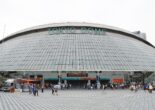The Komagome area is the home of the original cherry, a beautiful traditional garden, and arguably the best rose garden in Tokyo. Read on to find out more.
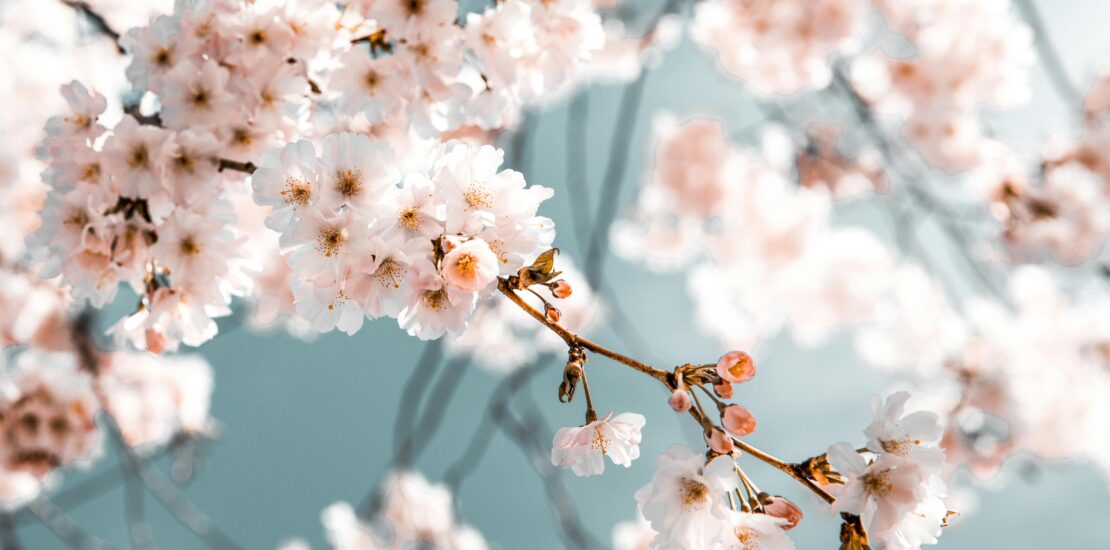
The Komagome station was opened on the Yamanote line in 1910. Before then, this was one of many small unremarkable villages dotting the outskirts of Tokyo proper. It may have been the location of stables (according to one theory based on the kanji of the name), but apart from the residences of a couple of daimyō and their retainers, and temples for their burials, this was not a place you would have stopped twice in.
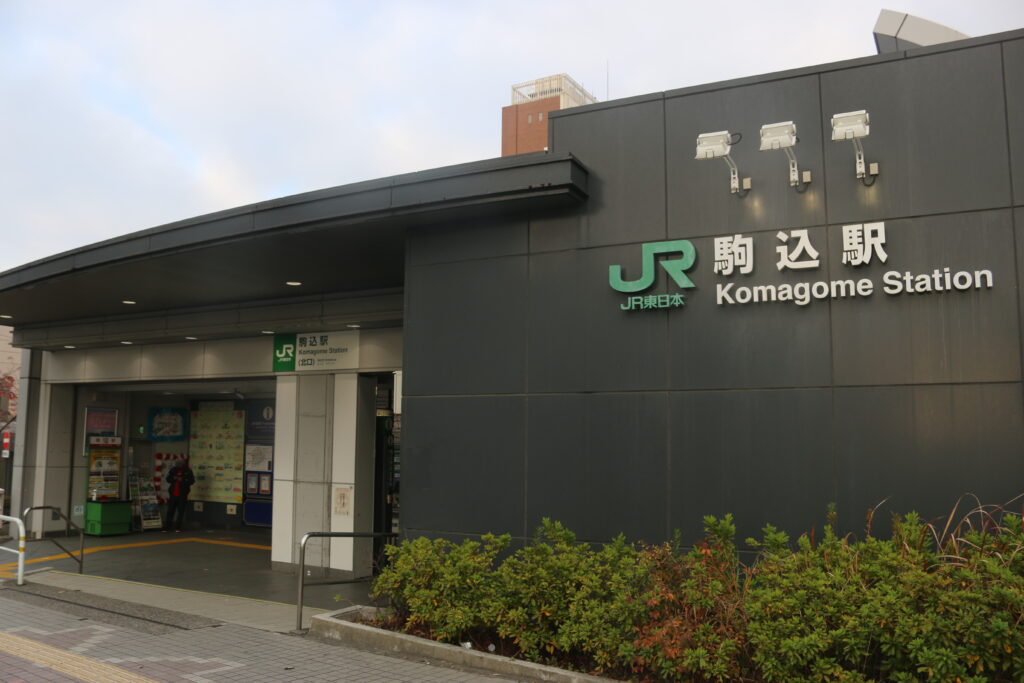
Today, the Komagome area is still a residential neighborhood, full of ordinary houses, apartment complexes, supermarkets and restaurants. Stepping out of the station, you would not know that you are close to three of the most interesting garden and flower sites in the greater Tokyo area.
Stone Age Neighborhood
The Komagome area has been populated since the stone age, as witnessed by the Nishigahara shell mound, a kökkenmödding where the Jomon people – the original inhabitants of Japan – dumped their kitchen garbage, or more specifically the shellfish shells. This was one of the major parts of their diet in what at the time, was an area of swamps and shallow bays. You can see it from the fossilized pile of shells, although today not much remains except an explanatory sign and a soccer field.
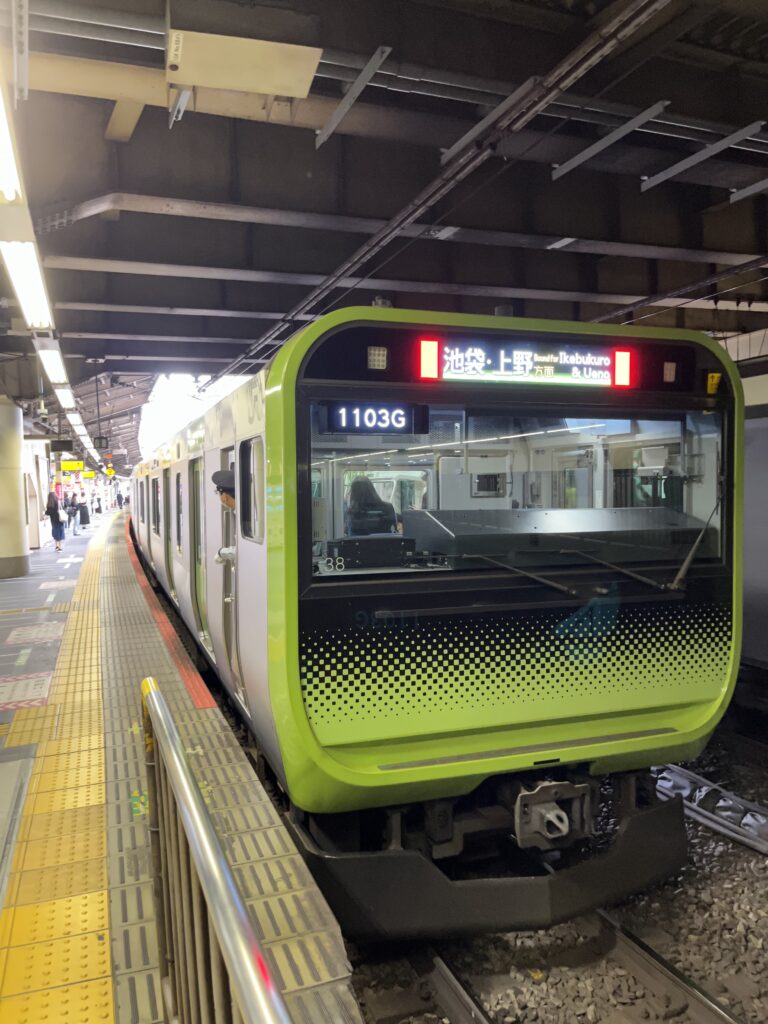
A little further north are the ruins of Gotenmae, a pottery site from the Jomon period that was in use until the Edo era. Not much remains but some of the walls and pottery are shown in niches in the memorial plates.
A little further is an impressive burial mound, or tumulus. It is near the original site of the Hiratsuka Castle, the home of the Toshima clan since the Heian period and razed during the civil wars that plagued Japan until its final pacification by Tokugawa Ieyasu. Today, there is a shrine on the site of the castle, but it may not be possible to enter, and anyway there is not much to see today.
Home of the Japanese Cherry
What is sure, however, is that Komagome was the location where the cherry blossom variety that is now considered to be the most native to Japan is to be found. “Somei-Yoshino” is one of the ten or so varieties of cherry cultivated in Japan today, and the one that most quickly fills up with flowers. When you look at a cherry tree planted almost anywhere in Japan, it is likely to be a cutting of a Somei-Yoshino tree.
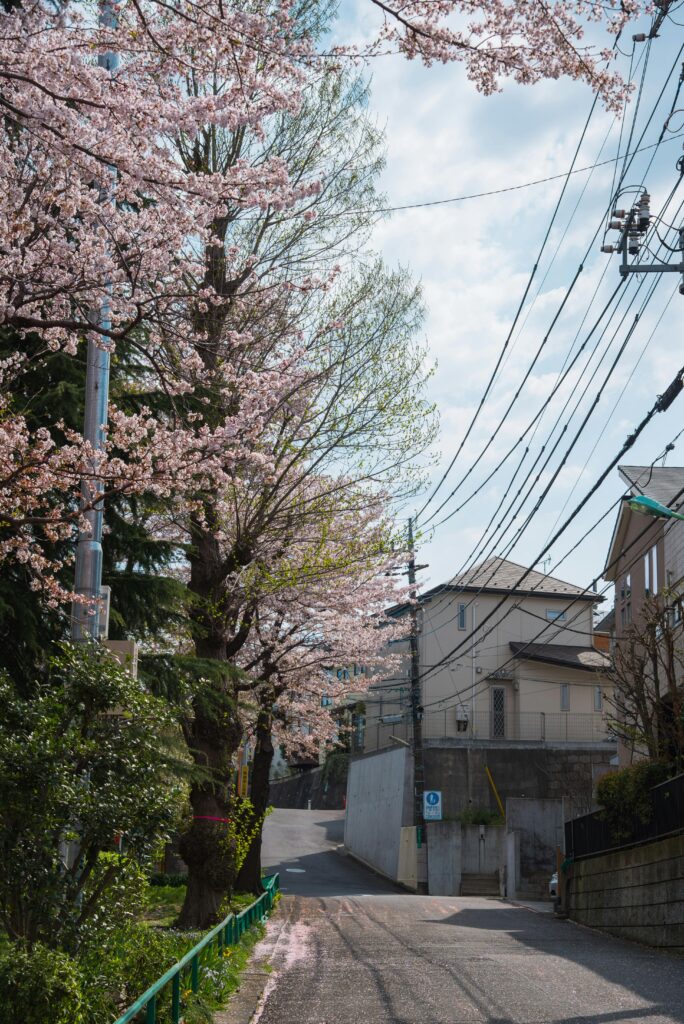
Remarkably, the original Somei-Yoshino tree ( 染井吉野櫻發祥之里駒込 ) still survives. It is not, however, in the little Somei-Yoshino Memorial Park next to the western exit of Komagome station, but a few blocks further to the west. The park has a memorial to the original and information about Edo-Era Komagome. Nor is it the actual original tree, but a cutting brought back from Washington D.C. and planted in the spot where the original was found, since it perished along with almost everything else in Tokyo during WWII.
The easiest way of finding it is to follow the Yamanote line tracks toward Komagome, turn right on Somei street, and then follow that until you turn right up Someizaka. The tree is in the little park to your right at the top of the hill.
This, of course, means Komagome is a favorite cherry viewing spot. In season, the town breaks out into hundreds of white flower fountains.
But Komagome flowers are not just about cherries. Just to the south of the station is the Rikugien Gardens, and a few hundred meters to the north is Kyu-Furukawa Gardens.
Six Types of Poetry Garden
The Rikugien Gardens ( 六義園 ) was constructed in 1706 to reflect the six types of Waka poetry by the lord of the Komagome domain (present Saitama), and was preserved during the upheaval of the Meji restoration since it was taken over by the founder of Mitsubishi, who used it as his Tokyo residence. His family donated it to the city in the 1930’s, and it has been lovingly preserved in the original state.
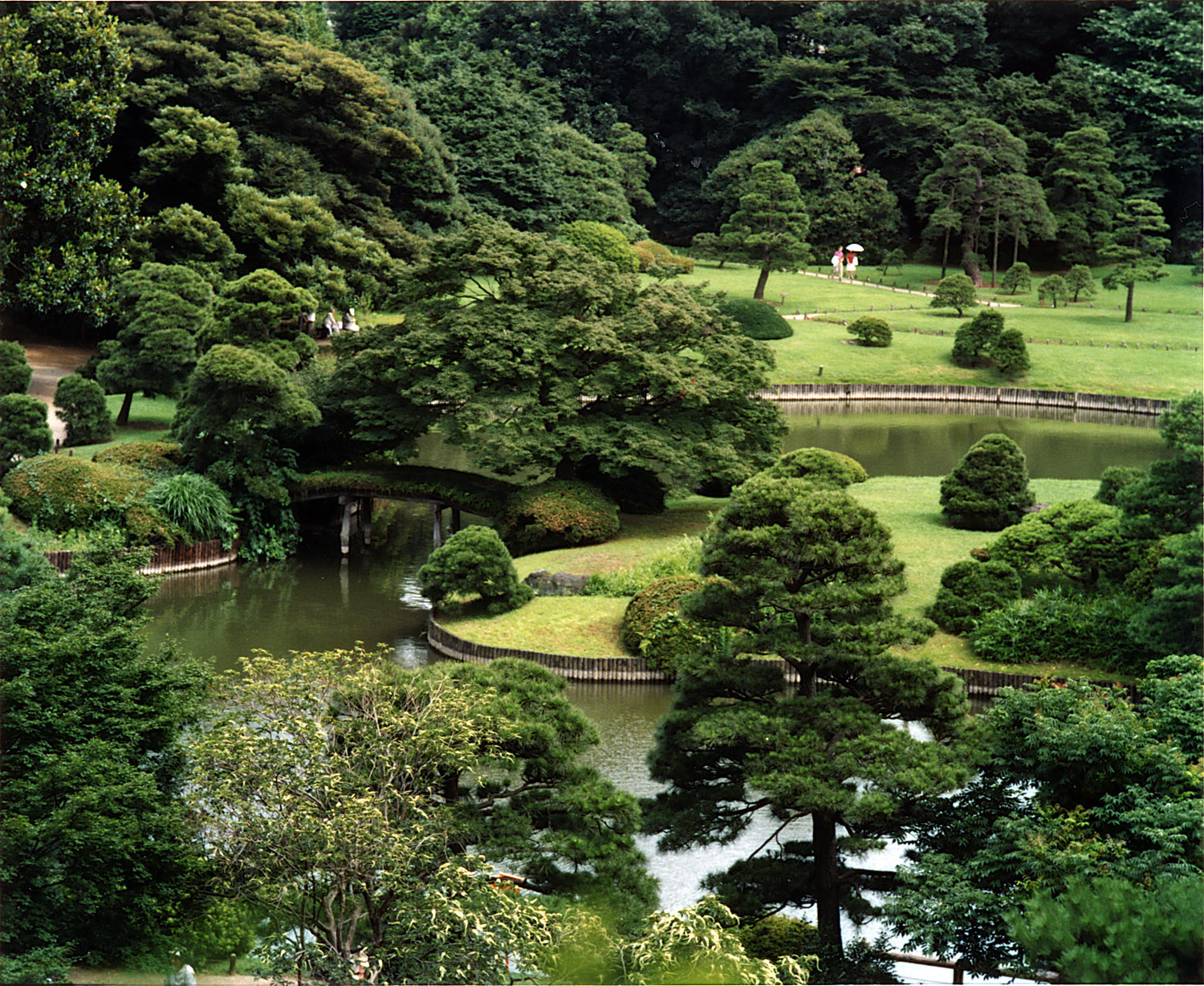
The Rikugien garden is organized around a central lake with man-made islands, and there are several secluded pavilions and tea houses scattered around the garden. Just walking the paths and experiencing the scenery and greenery is an experience in itself, but there are free guided tours (in Japanese) on weekends.
The main entrance of the garden is a short distance from the station; there is a gate closer to the station which is open in cherry blossom season. You may want to go to the main gate unless you are early though, as the lines can be prohibitive.
Western Style Rose Garden
In the other direction, you will find the Kyu-Furukawa Gardens (旧古河庭園), a completely different but no less horticulturally amazing experience. This is a Western-style residence, designed by a Western architect, located in a Western rose garden – but still with Japanese features. The garden gradually turns Japanese as you leave the European side, until you find yourself in a traditional Japanese garden environment, complete with willow trees weeping into the pond and tea houses secluded in the hills.

You can visit the garden for the roses, but the sprawling European style stone and brick mansion (now an art museum) dominates the scene and makes it feel completely different than any comparative Japanese garden. A small waterfall makes this a nice spot to visit if you want to cool off during a hot summer day.
Rare Asian books
The Komagome area is not just famous for its flowers and gardens. Just south of the Rikugien Gardens you will find the Tokyo Bunko Museum, established to form a bridge between the cultures of Asia and Japan. The museum is primarily focused on rare books, and is a treasure if you have bibliographical interests.
And next to the ruins of the Hiratsuka castle, there is a small earthquake museum, mostly dedicated to earthquake simulation. If you can catch a staff member (the museum is usually dedicated to school tours), ask to try the simulation. It will help you understand why Japanese people fear earthquakes so much. Luckily it does not go up to 11.

